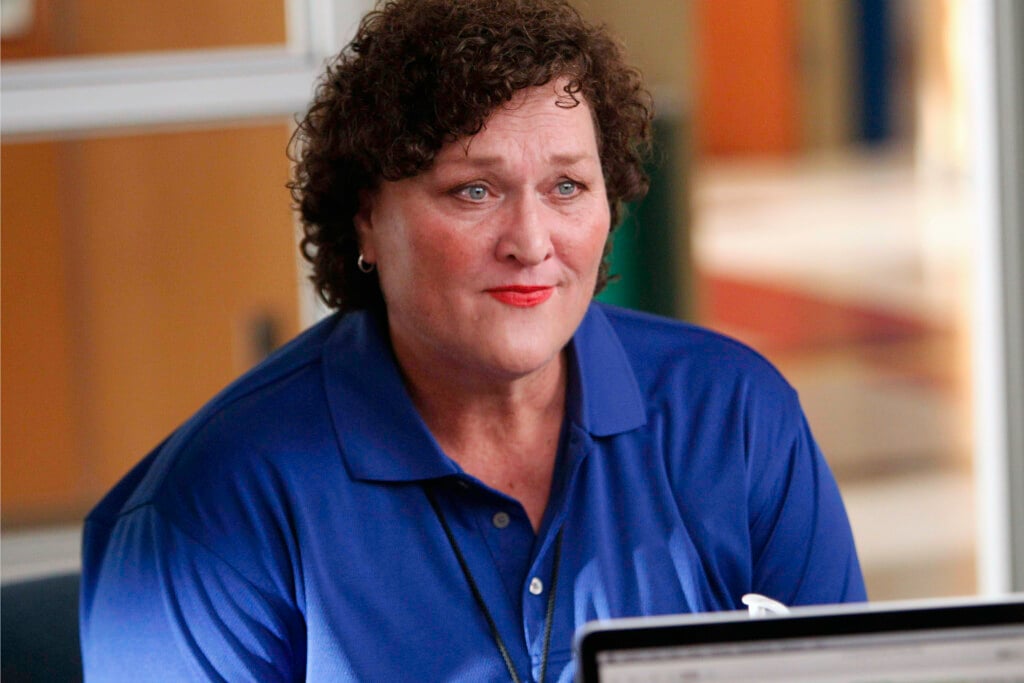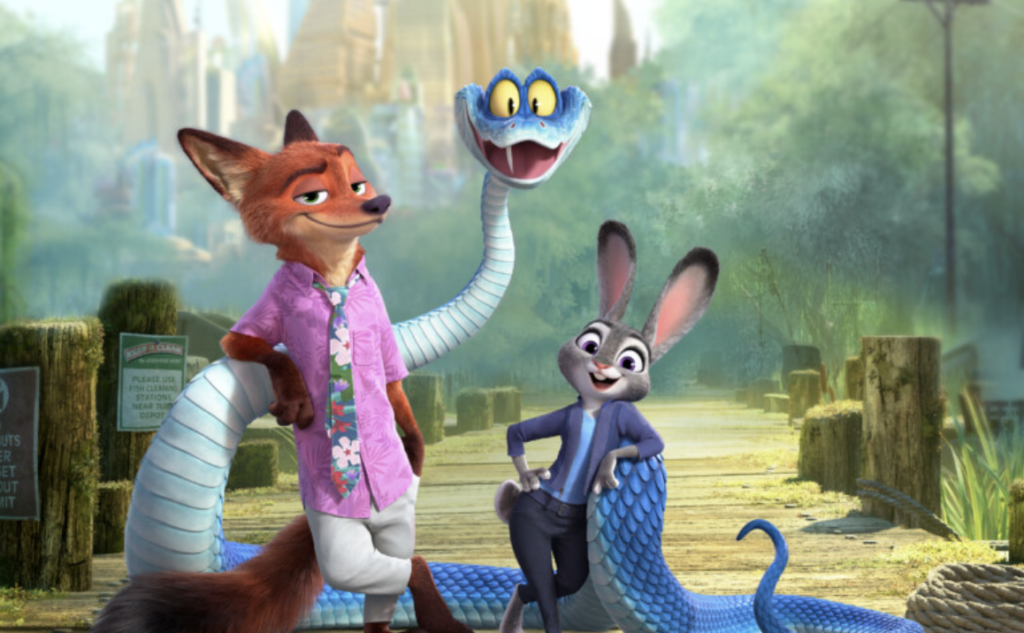Stop Making Sense re-release brings vitality and new angles to a classic Talking Heads concert film
This ain’t no party…or maybe it is

1984: The Talking Heads line-up for the concert film ‘Stop Making Sense’ (L-R Steve Scales, Bernie Worrell, Jerry Harrison, Ednah Holt, David Byrne, Lynn Mabry, Tina Wemouth, Chris Frantz and Alex Weir) pose for a portrait in 1984. // Photo by Sire Records/Michael Ochs Archives/Getty Images
If you were to come up with the platonic ideal of a filmed concert, something you could show to aliens and say “this is what live music on Earth in the 20th century looked like,” you’d have a hard time finding a better example than Stop Making Sense. Jonathan Demme’s 1984 concert movie of the Talking Heads’ show at the Pantages Theater, shot over the course of three nights, is lively, sweaty, artsy (but not too artsy), and above all else fun.
A24 is bringing Stop Making Sense back to theaters roughly 40 years on, and three years after the release of Spike Lee’s film of Heads frontman David Byrne’s Broadway show American Utopia. You can see the seeds of one in the other. Both are concerts conceived as full stage shows, both primarily focused on Byrne—his music, his concepts, his staging. Both are focused primarily on the artists performing. Unlike concert films like Monterrey Pop or Amazing Grace, you’re not checking out the audience.
You are here to watch a show.
Or rather, you’re here to watch David Byrne’s show. While American Utopia bears Byrne’s name solo, Stop Making Sense is (in theory anyway) a Talking Heads movie starring Byrne, in which the rest of the band is relegated to the background. Given what we know now about the Chris Frantz, Tina Weymouth and Jerry Harrison’s accounts of the band’s breakup (Frantz claims he learned Byrne had left the band in 1991 via an article in the L.A. Times), that feels somewhat notable.
A24’s promo announcing the 4K re-release features Byrne wearing his iconic large suit. Frantz, Weymouth and Harrison are nowhere to be seen, though the band reunited for the first time in over 20 years for a live-streamed Q&A at this year’s Toronto International Film Festival. In a podcast interview for Consequence of Sound, Harrison claimed the re-release had allowed everyone to mend bridges and move on.
Bygones and all, Stop Making Sense is interesting to re-watch with an eye toward the dynamics on stage, which in IMAX is easier than ever to do. Byrne only acknowledges the audience twice, the first time to introduce “Psycho Killer,” the second to introduce the band members at the end of the show. This is also the only time he acknowledges any of the other performers.
Weymouth wiggles, dances and mugs while she plays her bass. Frantz has the ever-present smile of someone who’s having the time of his life. Backup singers Ednah Holt and Lynn Mabry playfully interact with each other and the other band members, as does percussionist Steve Scales, who bounces around the stage with childlike joy. Byrne, however, may as well be performing in a glass case, and you get the sense he prefers it that way. None of this is meant as a slight, only to say that 40 years’ worth of context makes the film an even more fascinating artifact than it already was.
With its sharp 4K restoration and booming, clear-as-day sound, Stop Making Sense is brighter and more exciting than it’s ever been. A movie like this is one that has to be watched with a crowd to get the full enjoyment, and all the bells and whistles here ensure that where two or more are gathered in the name of Talking Heads, the spirit will also be present.
It’s difficult to watch Stop Making Sense and not have a great, engrossing time, a fact that’s as true now as it was in 1984. With the benefit of hindsight, it may even be more so.






